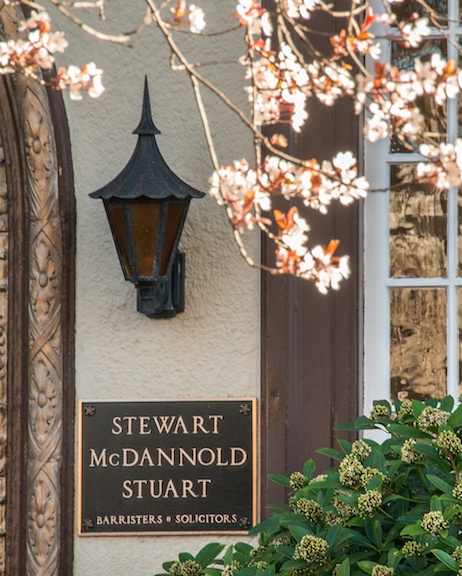On January 22, 2021, the BC Court of Appeal issued its judgment in Fonseca v Gabriola Island Local Trust Committee, 2021 BCCA 27, which overturned the trial decision from 2018.
The Court of Appeal’s decision centres on the relationship of private property rights and a local government’s statutory authority to regulate land use. In the lower court decision, the BC Supreme Court had reasoned that a local government did not have authority under its zoning power to infringe on a private owner’s “common law riparian right to protect their property where it bounds at sea” absent a clear legislative intent. The Gabriola Island Local Trust Committee (the “Island Trust”) appealed this decision and the private landowners cross appealed. The Court of Appeal disagreed with the Supreme Court’s reasoning with respect to the restriction on the riparian rights and allowed the appeal.
The context of the legal dispute was that the Island Trust Mudge Island Land Use Bylaw No. 228, 2007 (the “Land Use Bylaw”). The Land Use Bylaw included the restriction that there shall be no buildings or structures sited 30 metres from and 1.5 metres above the natural boundary of a body of water except for barge, boat ramps, stairs and walkways with an average maximum elevated floor height of 0.03 metres. The intention of the Land Use Bylaw was to regulate land use consistent with the Official Community Plan to maintain the “unique character as a place where human and community lives in and with nature”.
The private landowner had certain structures within the setback area and the Island Trust took the position that the structures were in contravention of its Land Use Bylaw. These structures included fencing, a gate, a walkway and a seawall. The trial judge agreed that the fencing, walkway and gate were in contravention of the Land Use Bylaw. However, the conclusion with respect to the seawall was that there was no authority for the Island Trust to regulate against the private landowner’s right to protect its lands from erosion into the sea. The rationale was that there needed to be “irresistible clearness” to conclude that the private right was extinguished.
The Court of Appeal disagreed with this analysis and reasoned that zoning power was, by its nature, authority to regulate the exercise of private rights. The riparian right to prevent erosion was not a private right that the property owners could assert to defeat a local government’s land use regulation power when there was a clear legislative intent to allow a local government to regulate.
The position of the Court of Appeal is succinctly summarized at paragraph 63 as follows:
“The right to protect one’s property from the inroads of the sea, or other threats is not a positive right of a nature that may operate to circumscribe or limit a grant of statutory authority, nor does the right support reading down a grant of regulatory authority.”
This recent confirmation by the Court of Appeal that common law rights of private owners remain subject to land use regulation powers may bring a sense of relief to land use planners across the province.


